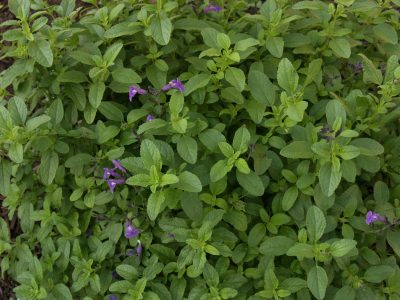Do Sotols Die After Blooming?
In late spring, our various succulents send up fantastic blooms! It’s easy to confuse all of the various beautiful desert plants that are making their way into our Central Texas landscapes these days. Yuccas, agaves, sotols, nolinas, and others all have similarities.
And one of those similarities is a skyward-shooting bloom stalk. One of those groups of desert plants, the agaves, DO die after blooming in many cases, depending on species.
Other desert species, including Dasylirion, which are the sotols, don’t. All of these desert plants may take many weeks, or even months, to form their glorious bloom stalk, which start to emerge in early spring and may not be fully spent until late summer or early fall.
Cutting out the bloom stalk, after it’s seen its better days, can be challenging. You’ll need some heavy duty gloves to protect your hands from the sharply toothed margins of the sotol’s leaves. And you’ll need a small hand saw, like you might use to cut small tree branches. It would be very challenging to get a pair of pruning shears down into the space where you’d need to make the cut, and you’d also be surprised at how hard and thick that bloom stalk may be.
As with pruning tree limbs, I recommend you cut the top off first, to remove the weight. Then you won’t have to worry about the potential of cutting halfway through the bloom stalk and then it toppling over and causing damage.

 Lucinda Hutson
Lucinda Hutson Amy Stewart
Amy Stewart Daphne Richards
Daphne Richards
 Tim Miller
Tim Miller